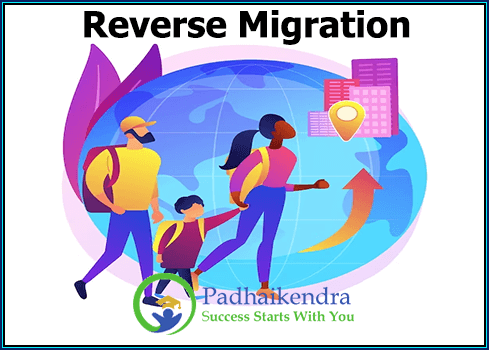Reverse migration refers to the movement of people from urban areas back to their rural or hometown communities. This trend has become increasingly common in recent years, particularly in developing countries where urbanization has led to overcrowding, pollution, and social problems.
There are several factors driving reverse migration. One of the main drivers is the high cost of living in urban areas, particularly in terms of housing and transportation. As a result, many people are choosing to return to their rural communities where living costs are lower and quality of life is often perceived to be better.
Another factor driving reverse migration is the desire for a more sustainable and environmentally friendly lifestyle. Many people are choosing to return to rural communities to farm, garden, and pursue other sustainable livelihoods that are in tune with nature.
Reverse migration can have positive impacts on rural communities, helping to drive economic growth, promote social cohesion, and preserve traditional cultures and ways of life. However, it can also pose challenges, particularly in terms of providing adequate infrastructure, services, and employment opportunities for returning migrants.
To address these challenges, governments and communities can implement policies and initiatives that support rural development, including investments in infrastructure, healthcare, education, and training. They can also work to build strong partnerships between urban and rural areas, promoting the exchange of ideas, knowledge, and resources to support sustainable development and improve quality of life for all.





